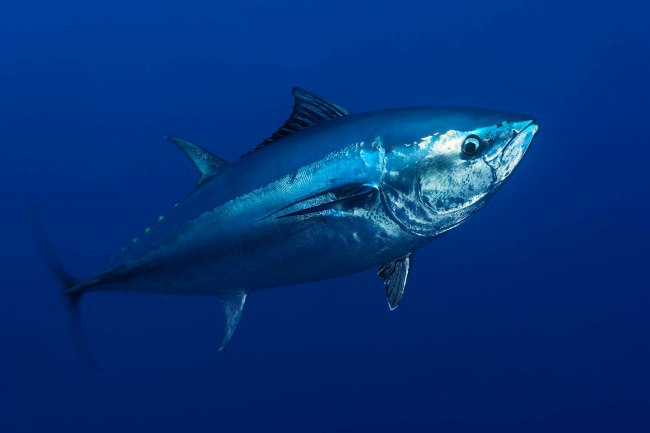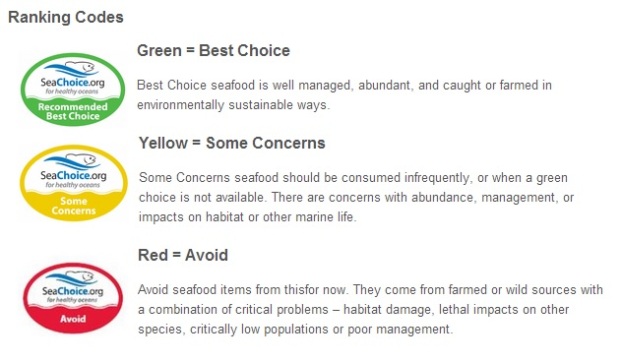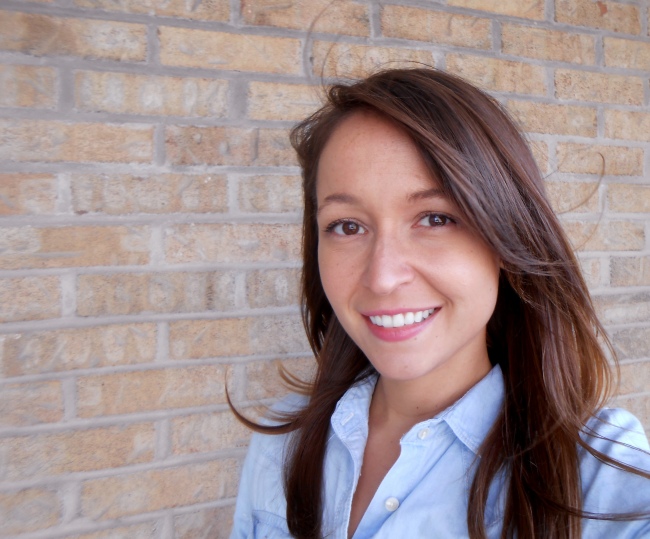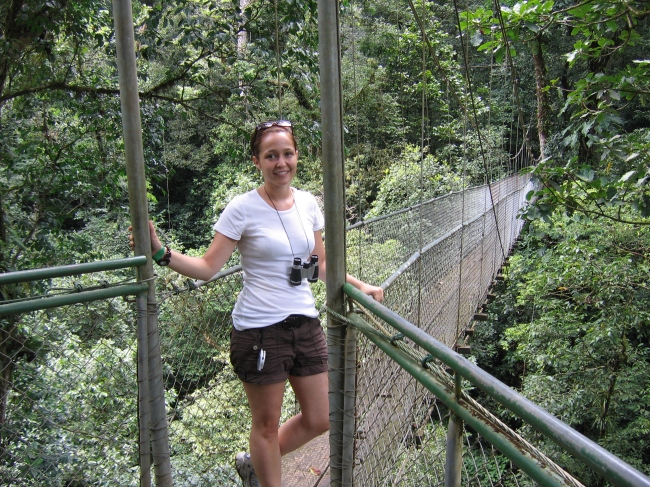I’m going to take a few moments on this chilly December Sunday to talk to you about an issue that’s very dear to me: sustainable seafood. There are few things in life more beautiful, or mysterious than our oceans. We depend on them for many things, including food, oxygen, industry and recreation. Once vibrant and teeming with life, the world’s oceans are currently in decline. Large-scale industrial fishing, pollution, and climate change are among the major threats to marine life. According to the World Wildlife Federation, two-thirds of the world’s fish stocks are either fished at their limit or over-fished. Furthermore, the UN Food and Agriculture Organization estimates that 70 percent of the fish population is fully used, overused or in crisis.
I’ve got to admit that, when I lived in Toronto, one of my absolute favourite things was to eat fresh sashimi in a little restaurant near Kensington. The fresh slabs of fish tasted light, buttery and cool; they nourished me in a way that few other foods can. I always walked away feeling satisfied and energized, but never too full. And, even though I gave up fish and all other seafood over 5 years ago, I do understand that it is an indispensable part of many peoples lives. I advocate for smart seafood choices. I’ve done so as a part of the Greenpeace Oceans Campaign for many years.
So, what is “sustainable seafood”? SeaChoice identifies sustainable seafood as fish or shellfish that is caught or farmed in ways that consider the long-term viability of harvested populations and the ocean’s health and ecological integrity. It also takes into consideration the manner in which the fish are caught. Certain fishing methods are non-specific, causing a lot of bycatch and destroying delicate ocean habitat.
Why is it important? It’s important because oceans support life on land, including our own. Phytoplankton contribute between 50% to 85% of the oxygen we breathe. Furthermore, human populations around the world depend on healthy oceans for their economies and daily nutrition. If we continue fishing at our current rate, it is estimated that all fish species will completely collapse within the next 50 years. And, I don’t know about you, but I’d like my children to grow up in a world with vibrant, healthy oceans. I’d like them to know a world with gentle sea turtles, mischievous seals and majestic whales.
How do we change? We need to make smarter seafood choices. You can visit SeaChoice.org to familiarize yourself with common green, yellow, and red-listed species. You can print out their PDF document and carry it in your wallet, or there are also several cellphone apps you can use while grocery shopping or eating out. It’s also a good idea to research a restaurant’s practices before visiting.
Once you explore their list, you will learn that there are so many delicious, sustainable options for you. I’d love to hear your thoughts on this topic. Is this something you’d like me to write more about? Feel free to request topics for future posts. I hope you have a lovely weekend. Stay warm, and think of the fishies!




